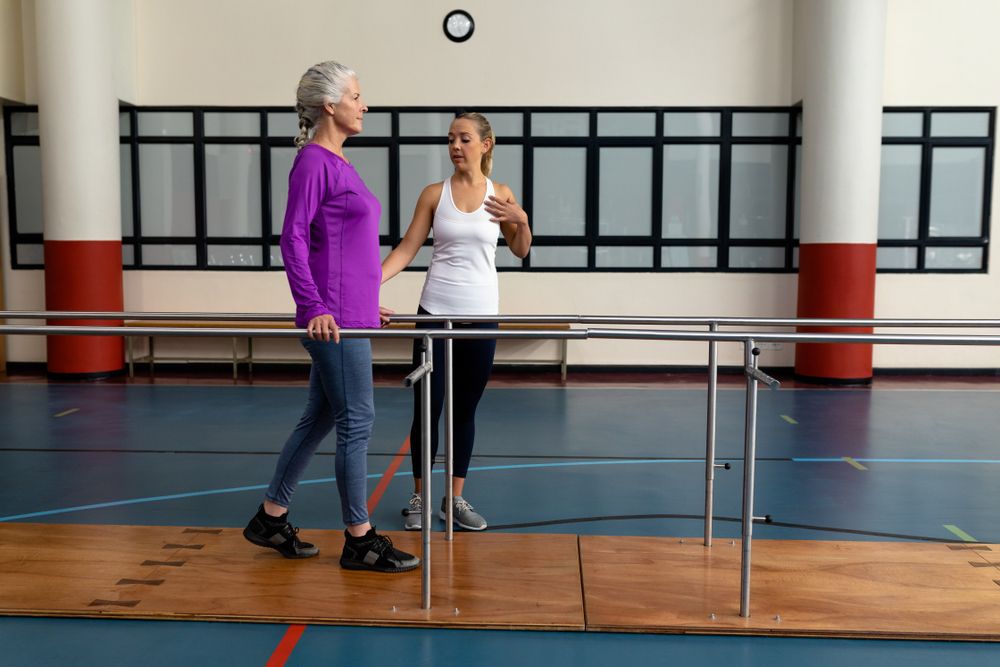As we age, how our bones and joints move and interact with each other changes. This can make us more prone to falls, which can in turn lead to physical injury. Thus, fall prevention physical therapy becomes something to consider.
There are many steps that can be taken to reduce falls and your risk of injury, and seeking physical therapy for fall prevention is one of them.
How can you get started with your fall prevention physical therapy?
A physical therapy evaluation can help you kick off your fall prevention efforts. A physical therapist will check your ability to walk, balance and move. Your therapist may also test your muscle strength and endurance. The results of the evaluation will be used to create a treatment plan with specific goals.
6 fall prevention physical therapy strategies your plan may include
Your plan will include a number of physical therapy strategies and methods that are geared toward fall prevention. Some of these may include:
- Regular exercise — A regular exercise routine can help increase muscle strength, improve balance and coordination, and reduce joint pain. Exercise can also play an important role in improving mobility, which is critical to preventing falls. Your physical therapist can help you create an exercise routine you can use daily.
- Environmental modifications — Installing handrails on both sides of stairways or near toilets may help prevent falls. Lighting around doorways or the home generally increases safety for people walking at night or in dimly lit areas. These are just a few environmental modifications your physical therapist may recommend.
- Stability devices — There are specific devices that can help improve balance and stability for older adults with limited mobility issues. These devices include canes for walking or walkers for stability when standing up from a chair or bed. Physical therapists can help you learn how to use such devices properly. They can also work with you to reduce your reliance on stability devices.
- Balance training — A great way to prevent falls is to become more active and improve your balance. That’s why a physical therapist may include balance training in your fall prevention physical therapy plan. Your balance training may include a wide range of activities. Examples include things like standing on an unstable surface (such as a foam pad) or walking on an uneven surface (such as a wobble board).
- Strengthening exercises — Your physical therapist can also help you develop a program of strengthening exercises. Often, resistance for these exercises can come from light weights, elastic bands or even your own body weight. Such exercises can help increase muscle strength. In turn, this can improve posture and balance during movement and make you less likely to fall.
- Walking activities — Adding a walking program to your physical therapy plan can accomplish a lot. It can strengthen muscles in the legs, improve mobility and help reduce the risk of falls. Your therapist can even help if you have been advised not to walk on your own due to medical conditions or injury. For instance, they can help you learn how to do walking alternatives like using an exercise bike.
Panther PT is ready to help you get effective fall prevention physical therapy
With the help of a physical therapist at Panther Physical Therapy, you can devise fall prevention strategies that can reduce your risk of falling and minimize the consequences should you do so.
Contact us today for a free screening that can help you get on the path to improved stability.

